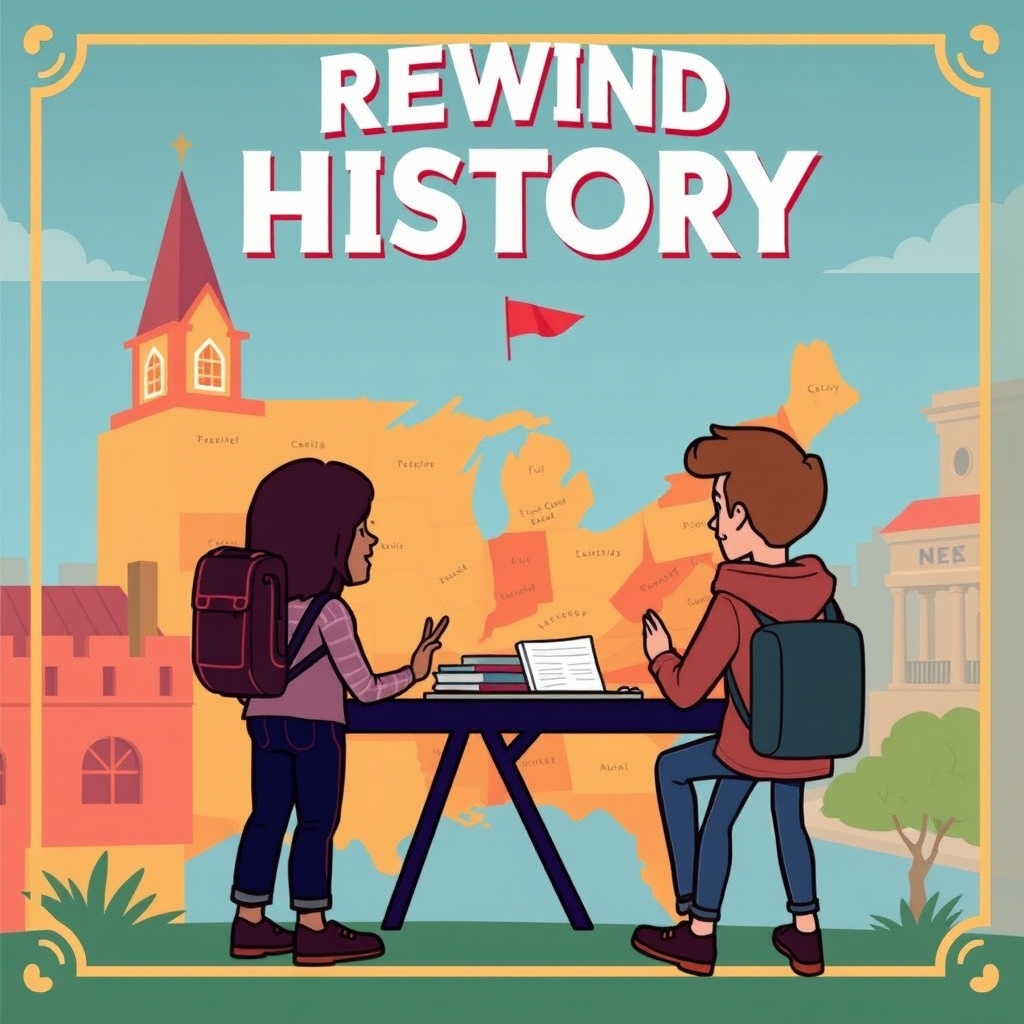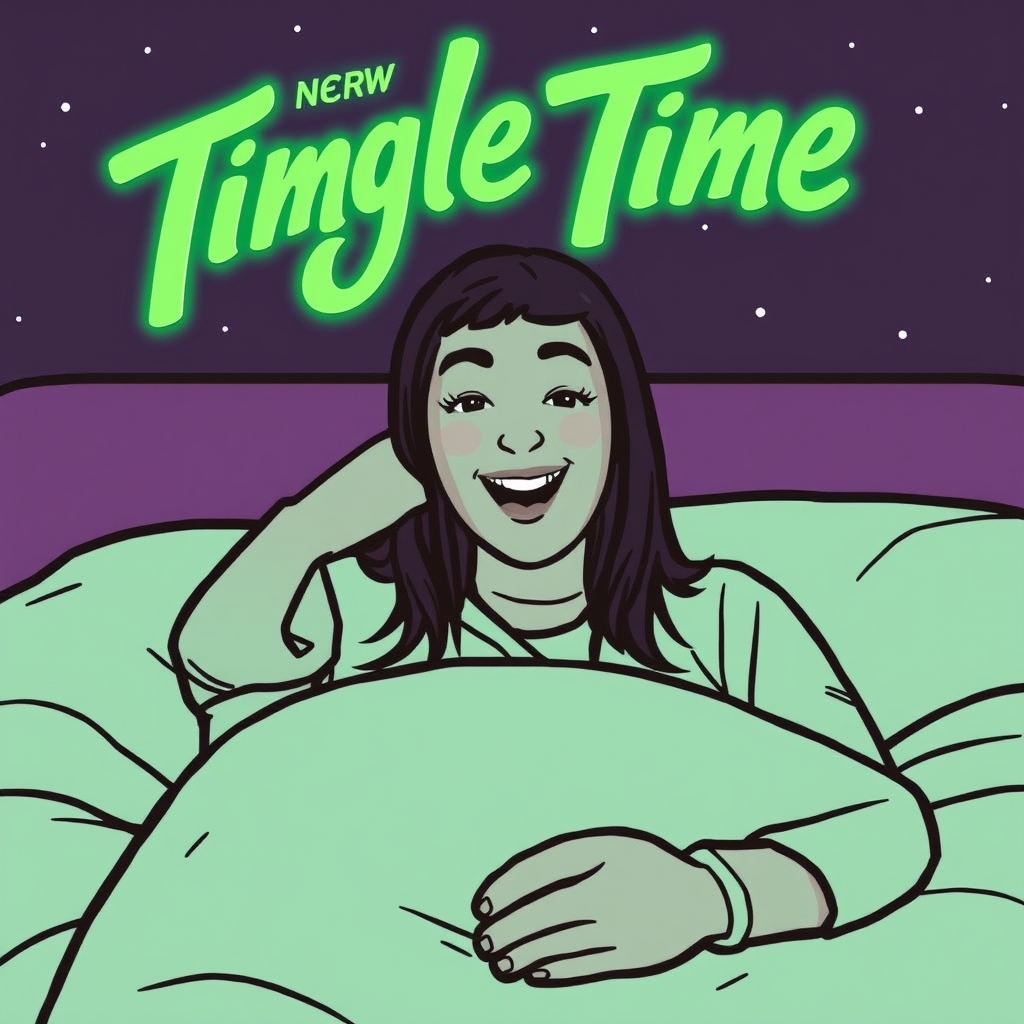Rewind History: Launching a Gen Z-Focused Animated Historical Map Business
History often feels…static. Textbooks, documentaries, even traditional maps, present the past as a fixed point. But what if you could -see- history unfold? That’s the core idea behind a burgeoning business opportunity perfectly suited for the Gen Z audience: creating animated historical maps. This isn’t just about pretty visuals; it’s about making history engaging, accessible, and shareable – all things Gen Z values.
Why Gen Z? The Untapped Potential
Gen Z (born roughly 1997-2012) grew up with visual learning. They’re digital natives accustomed to fast-paced content, short-form videos, and interactive experiences. Traditional historical learning methods often fail to capture their attention. Animated historical maps offer a dynamic alternative. They’re visually stimulating, easily digestible, and perfect for platforms like TikTok, Instagram Reels, and YouTube Shorts. Furthermore, Gen Z is increasingly interested in understanding the context behind current events, and historical maps provide that crucial background.
The Business Concept: Beyond Static Images
The core of this business is creating short, visually compelling animations that depict the changing borders, empires, migrations, and battles throughout history. Think of it as a ‘history in motion’ experience. Instead of a static map of Europe in 1914, you’d show the shifting alliances and territorial changes leading up to World War I. Instead of a map of the Roman Empire at its peak, you’d visualize its expansion over centuries. The key is to focus on -narrative- – telling a story through geographical change.
Implementation: Tools and Skills
This business requires a blend of historical research and digital animation skills. Here’s a breakdown of the tools and skills needed:
- Historical Research: Accuracy is paramount. You’ll need strong research skills to verify information from reputable sources (academic journals, historical archives, established historical websites). Understanding historiography – the study of how history is written – is also beneficial.
- Mapping Software: QGIS (free and open-source) is a powerful GIS (Geographic Information System) software. It allows you to create and manipulate map data. Alternatively, Adobe Illustrator can be used for creating vector-based maps, though it requires more manual work.
- Animation Software: Adobe After Effects is the industry standard for motion graphics and visual effects. It’s ideal for creating the animations themselves. DaVinci Resolve (free version available) is another option, offering both video editing and motion graphics capabilities.
- Video Editing Software: For final polishing and adding music/sound effects, you’ll need video editing software like Adobe Premiere Pro, DaVinci Resolve, or even simpler options like CapCut (mobile-friendly).
- Graphic Design Skills: A good eye for design is crucial for creating visually appealing maps and animations. Understanding color theory, typography, and composition will significantly enhance your work.
- Storytelling: The animation isn’t just about showing changes; it’s about -telling a story-. A clear narrative will make your videos more engaging and memorable.
Content Strategy: What to Animate?
- Popular Historical Events: Start with well-known events like the rise and fall of empires (Roman, Mongol, British), major wars (World Wars, Napoleonic Wars), and significant migrations (the Great Migration, the Silk Road).
- Niche Historical Topics: Explore less-covered areas like the history of specific cities, the evolution of languages, or the spread of religions.
- “What If?” Scenarios: Create animations exploring alternative historical outcomes (e.g., “What if the Confederacy had won the Civil War?”). These can be highly engaging but require careful research and disclaimers.
- Geopolitical Analysis: Connect historical patterns to current geopolitical events. This can add a layer of relevance for Gen Z.
Monetization Strategies
- YouTube Channel: Create a YouTube channel and monetize it through ads, channel memberships, and sponsorships.
- TikTok/Instagram Reels: Short-form content is perfect for these platforms. Drive traffic to your YouTube channel or other monetization avenues.
- Patreon/Ko-fi: Offer exclusive content (longer animations, behind-the-scenes footage, early access) to paying subscribers.
- Digital Product Sales: Sell downloadable maps, animation templates, or educational resources on platforms like Etsy or Gumroad.
- Freelance Work: Offer your animation services to educational institutions, museums, or documentary filmmakers.
- Commissioned Maps: Create custom animated maps for individuals or organizations.
- Affiliate Marketing: Partner with history-related products or services and earn a commission on sales.
Marketing and Promotion
- SEO Optimization: Use relevant keywords in your video titles, descriptions, and tags.
- Social Media Marketing: Actively promote your content on TikTok, Instagram, Twitter, and Facebook.
- Collaboration: Partner with other history content creators.
- Community Engagement: Respond to comments and engage with your audience.
This business taps into a growing demand for engaging historical content, particularly among Gen Z. By combining historical accuracy with compelling visuals, you can create a successful and impactful business.



















